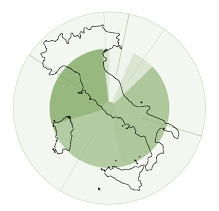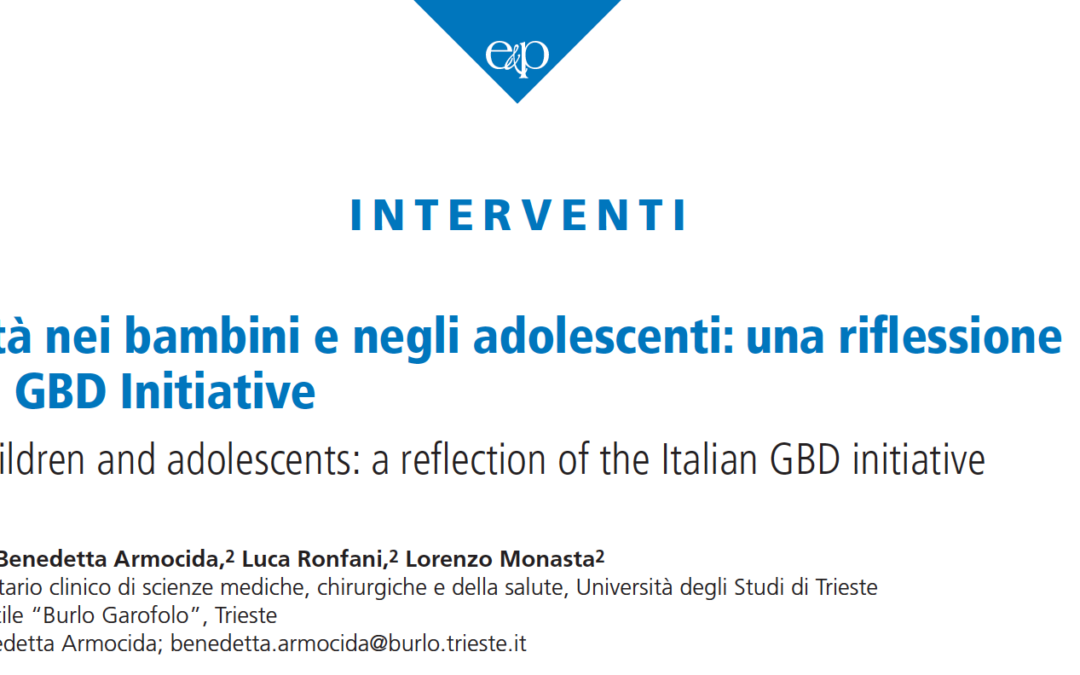Through the analysis of data from the 2019 Global Burden of Disease Study, we aimed to both provide prevalence and years lived with disabilities (YLDs) estimates for the diseases most represented in various age groups of the Italian population under the age of 20 in 2019, such as low back pain, headache, anxiety, and depression, and to propose evidence-based interventions to improve the health of younger people.
It emerged how low back pain, whose YLDs amount to 6.3% in individuals under 20 years of age, and although there has been a 13.2% decrease from 1990 to 2019, is the preponderant musculoskeletal condition in this age group for which various etiologies have been hypothesized, including obesity and overweight or an excessively heavy backpack. The absence of early diagnosis and timely treatment poses the risk of chronicity of this disorder into adulthood, the cost of which in the United States is $90 billion.
Headache, on the other hand, is the most common neurological disorder, particularly in the 10-14 and 15-19 age groups, with a prevalence of 44.4 percent and 56.9 percent, respectively, despite the fact that a 5.8 percent decrease in headache-related disability was observed from 1990 to 2019 in individuals under 20 years of age. Thus, we wanted to examine the two most common forms of pediatric headache, namely migraine and headache, and despite the strong impact on quality of life, both in the social and school spheres, the consequences of them are scarcely described in the literature.
Intimately related to headache are psychiatric disorders such as anxiety and depression, the prevalence of which is estimated to be 17.5 percent in children between the ages of 10 and 14 and 18.9 percent in adolescents between the ages of 15 and 19, and although from 1990 to 2019 YLDs decreased by 9.9 percent in young people under the age of 20, they represent a serious public health problem because of the difficulty both in diagnosing the disorder itself and in accessing appropriate services.
In conclusion, the study shows that from 1990 to 2019, the population under 20 years of age in Italy has witnessed a gradual improvement in its health status; however, the SARS-CoV-2 pandemic has confronted young people with new challenges, such as estrangement from peers and teaching distance itself. These findings underscore the need for continued effort in prevention, early detection, and treatment of these diseases, particularly at the threshold of a post-pandemic world.
Chiandetti, A., Armocida, B., Ronfani, L., & Monasta, L. (2021). Disability in children and adolescents: a reflection of the Italian GBD Initiative [Disability in children and adolescents: a reflection of the Italian GBD initiative]. Epidemiology and Prevention, 45(5), 411-415. https://doi.org/10.19191/EP21.5.P411.107

